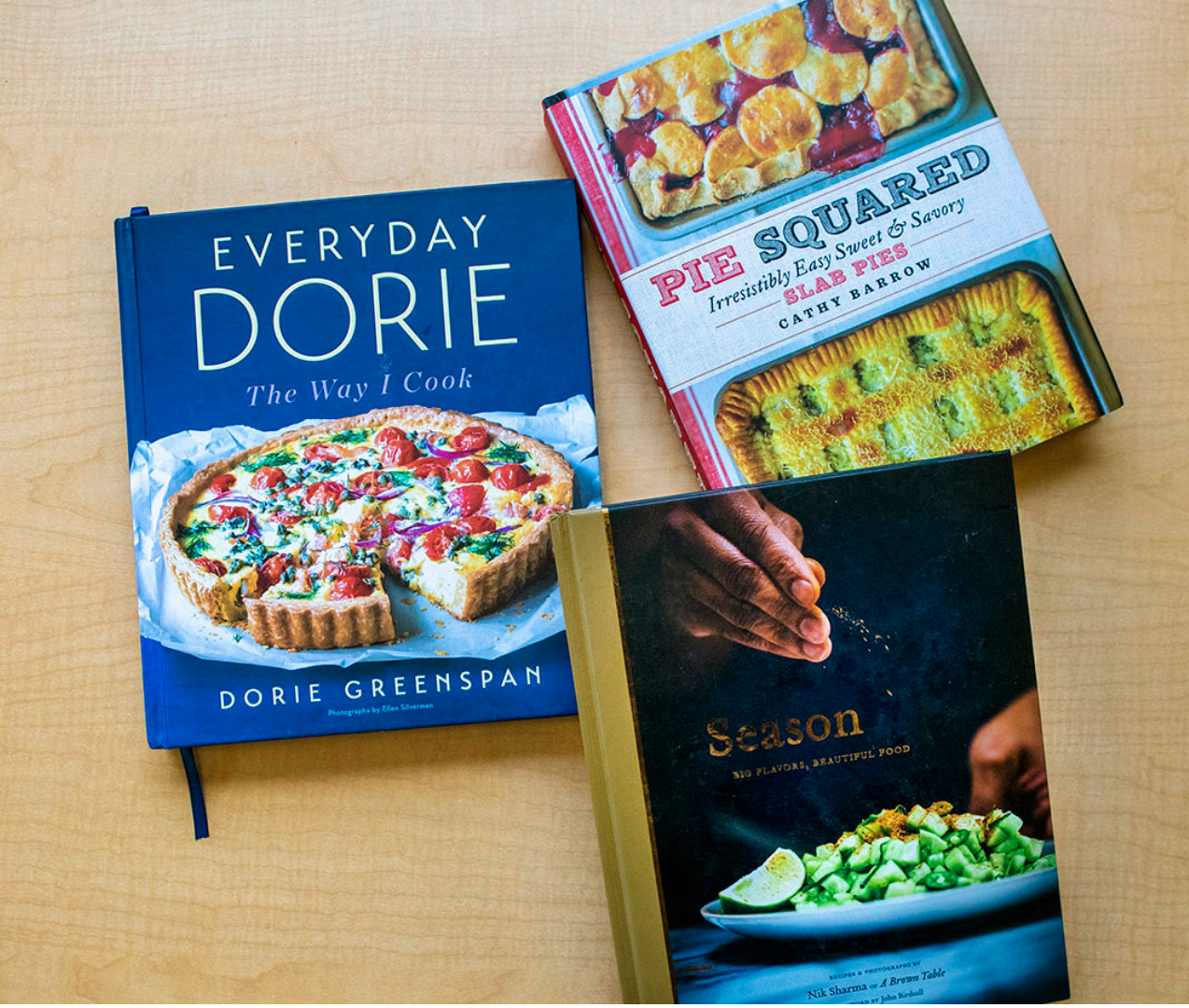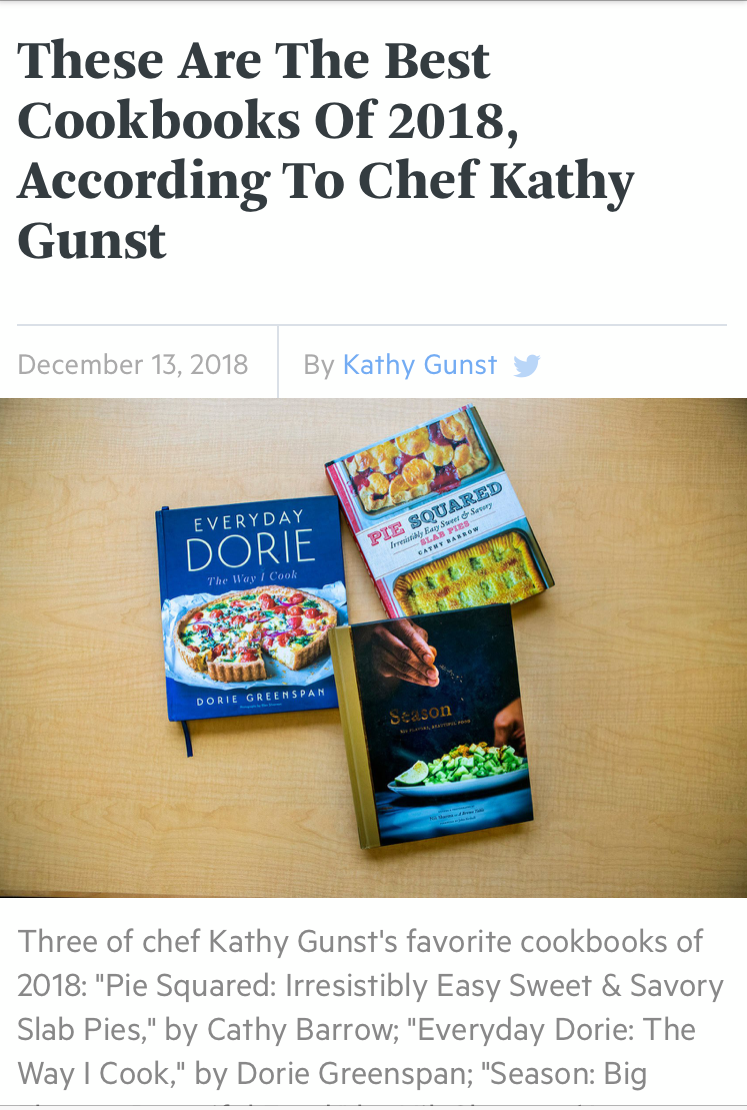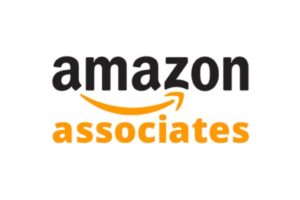[This is Part 1 of a series of blog posts for WBUR BizLab’s Affiliate Marketing Project, funded by the Lenfest Institute. My name is Matt Aufiero and I joined the BizLab as a summer fellow in order to support experimentation with an affiliate marketing model at WBUR.]
Affiliate Marketing Overview
In an affiliate marketing model, online retailers pay commission on traffic or sales referrals from third-party websites like ours. When readers click affiliate links and subsequently make purchases, the affiliate site earns a commission on the sales. Commission rates typically range between 2-10% of the purchase price.
In publishing, a prominent example of this is The Wirecutter, a New York Times company which highlights various product categories for review and comparison, all with links to purchase on external sites. Nationally-known media organizations like CNN, USA Today, and TIME all engage with affiliate marketing models.
A report from BusinessInsider.com describes how affiliate marketing has been generating increasing revenue in recent years and now drives as many e-commerce orders in the US as email marketing. Each of those channels accounts for 16% of all US e-commerce orders. Moreover, approximately 15% of the digital media industry’s revenue now comes from affiliate marketing.
As the use of affiliate marketing has continued to grow and become more prominent with many major publishers engaging in this space, BizLab decided to explore the potential of affiliate marketing within WBUR, with grant support from The Lenfest Institute.
WBUR’s initial exploration into affiliate marketing came in the form of book links. Anytime a book is mentioned on-air and ends up in an article, affiliate links direct users to those books on Amazon for purchase. WBUR has been participating in Amazon’s Affiliate Program for many years.
An example of an affiliate revenue generating page is the article “These Are The Best Cookbooks Of 2018, According To Chef Kathy Gunst,” by Here & Now resident Chef Kathy Gunst, spotlighting the best cookbooks of 2018. This single page generated over $1000 in affiliate revenue commissions. Book links led to approximately $10,000 in annual revenue in fiscal year 2019.
These results from book linking spurred continued exploration of opportunities with affiliate marketing at WBUR in the BizLab.
Affiliate Marketing Platforms
Our exploration into affiliate marketing led us to CJ Affiliate and Amazon’s Affiliate Program, two of the largest affiliate platforms available to marketers. To use an analogy, you can think of CJ Affiliate as a matchmaker. The platform connects brands to advertisers in order to facilitate the relationships underlying the affiliate marketing model and provide the mechanics for tracking performance of affiliate marketing efforts and awarding commissions. When we link to products with CJ, we link to products found on individual brand and commerce websites, not to CJ.com.
 CJ’s affiliate network generally offers higher commissions than Amazon’s Affiliate Program, but the opportunities are more niche as they are tied to specific brands.
CJ’s affiliate network generally offers higher commissions than Amazon’s Affiliate Program, but the opportunities are more niche as they are tied to specific brands.
On the other hand, although Amazon’s Affiliate Program generally offers lower commissions, there is a very broad opportunity to earn affiliate commissions through nearly all of Amazon’s vast array of products. An additional benefit of Amazon’s Affiliate Program is that affiliate marketers are credited and receive commissions for any purchase their outbound traffic makes on Amazon, not just products reviewed or linked to originally by the affiliate marketers content.
To clarify, if an individual visitor to an affiliate marketing site clicked on a product link to Amazon but then instead navigated to and purchased another product unrelated to the original product linked to, the affiliate which sent the visitor to Amazon would still be credited with a commission on that sale regardless of whether the item purchased was linked to by the affiliate or not.
One of the benefits of engaging with both CJ Affiliate and Amazon Affiliate Program is more diverse brand affiliations. In instances where all of products promoted in an article link to Amazon, we have received feedback from readers indicating distaste towards driving traffic solely to Amazon, so CJ’s platform allow us to diversify the sites we link users to, offering them more options.
Challenge
Initial discussions at WBUR with editorial staff highlighted a conflict of interest between the affiliate marketing experiment and the preservation of WBUR’s journalistic integrity. The existence and importance of the ‘Editorial Firewall’ within WBUR stems from editorial concerns regarding journalistic integrity, so project guardrails were quickly defined early on. WBUR’s news and editorial leadership was mainly concerned with ensuring that audience members would not perceive the affiliate marketing content as WBUR journalism. Other concerns at the station focused on being transparent with WBUR’s audience and avoid the perception of ‘pushing products.’
With that in mind, we agreed to the following:
- We would call our affiliate content “WBUR Guides” instead of “WBUR Recommends” to avoid the sense that we are guaranteeing or backing products.
- Our content creators would be referred to as “Outside Contributors” rather than “Authors.” This avoids the perception that they are journalists. For the same reason, we refer to each individual piece as a “Guide” rather than an “Article.”
- To ensure transparency, each guide would include a disclaimer noting that the station may earn an affiliate commission from their purchases and including a link to learn more.
- WBUR Guides would have its own web domain, guides.wbur.org.
-
We would only link to Guides through these approved methods:
- On www.wbur.org, unsold banner ad space.
- On www.wbur.org, using text blocks with links within news articles reporting on closely related topics.
- On Twitter, via @WBURExtra, not the main newsroom Twitter account @WBUR.
A critical component we integrated on the site was the disclaimer within every guide. This disclaimer was meant to protect WBUR and tied back into the notion of preserving journalistic integrity by being transparent with WBUR’s audience about the potential for earning a commission off purchases made through our links.
What happened?
For anyone interested in testing an affiliate marketing model within their organization (or for those just plain interested!), be sure to check out our other blog posts in this series. Additional posts will cover the strategy of building and promoting the affiliate marketing website, the numbers in terms of conversions down our marketing funnel and revenue generated, and the future examining ways in which affiliate marketing can continue to grow within the organization.



